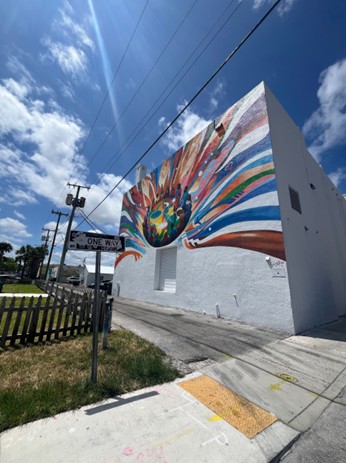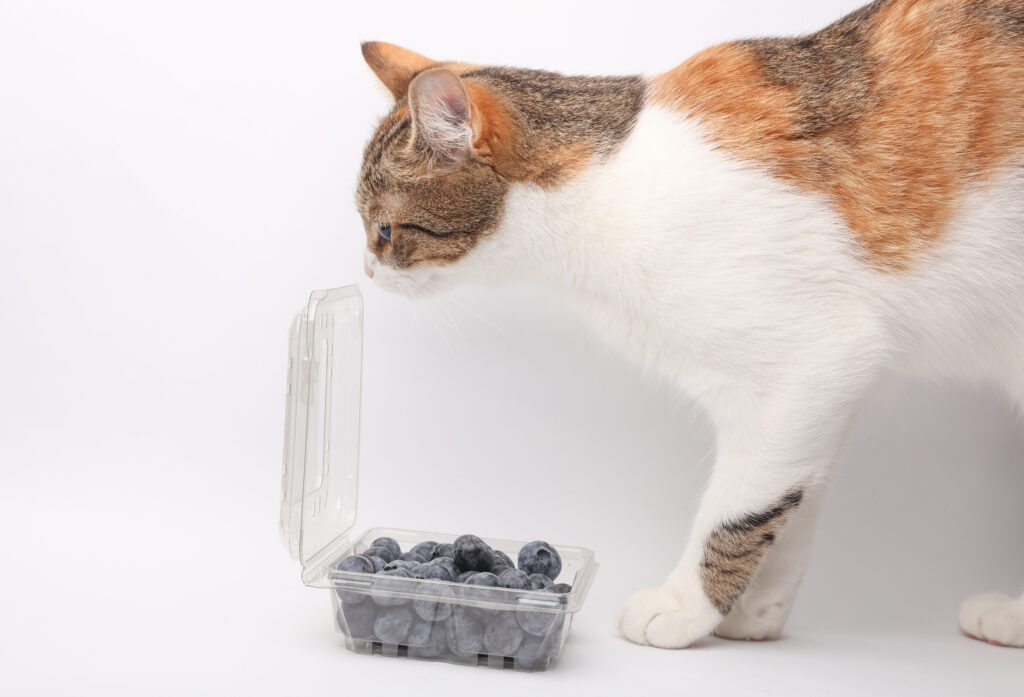This essay was written as part of a Ph.D. seminar called “Theorizing Infrastructure” for Florida Atlantic University’s graduate program in comparative studies. An overview of the course by professor Stacey Balkan and other essays from students can be found here.
By Alicia Sowisdral
In a 2017 essay for Politico, Michael Grunwald reminds readers, “South Florida is an artificial civilization, engineered and air-conditioned to insulate its residents and tourists from the realities of its natural landscape. We call animal control when alligators wander into our backyards, and it doesn’t occur to us that we’ve wandered into the alligators’ backyard.”

But what of the domesticated felines we have forced into becoming our pets but wander wild, subject to injury, disease and death? Cat colonies have become an increasingly popular way for local communities to humanely, and frugally, respond to unhomed cat populations.
Cat colonies are an example of what researchers Winona LaDuke and Deborah Cowen refer to as alimentary infrastructure, described as “infrastructure that is life-giving in its design, finance, and effects.” My vision for this project is to create a cat colony for the feline residents of Lake Worth Beach.
Lake Worth Beach is a quaint, coastal city in South Florida’s Palm Beach County. It is a community that prides itself on historic neighborhoods, support for local art and being the first LGBTQ+ sanctuary city in the state. It is also home to countless cats who survive on the street owing to and by the kindness of their human neighbors.
In the center of downtown sits the historic Robert M. Montgomery, Jr. Building, a vital infrastructure in the local arts community since 1940. Directly behind the building is a patch of land that, despite being designated as a “health and wellness space” by the Cultural Council for Palm Beach County, is currently an empty, gated, grassy lot with no trees or plant life at all.
The local business Paws on the Avenue sits kitty corner to this site, and a mural of a cat, dog and bird faces the empty lot. The backside of the cultural building is also home to a colorful mural overlooking the potential cat community — an inspiring backdrop for “Kitty City,” which shall begin by engaging conventional means of establishing such an infrastructure for our nonhuman kin, amongst them the “trap-neuter-return-monitor” system.
Trap-Neuter-Return-Monitor method
The Trap-Neuter-Return-Monitor (TNRM) method is vital to establishing a cat colony. This method humanely traps community cats, has them spayed or neutered and vaccinated against rabies, and then returns them to their managed location to live out their lives. These cats can be recognized by the small tip missing from one of their ears.
Auto feeding stations and water fountains
The potential Kitty City site is already enabled with a water system – both sprinklers and fountain access. Employing volunteer efforts to create a water fountain that utilizes natural rainfall as well as the water system, when needed. While Florida has never been short on water, there are times where rainfall is minimal and yet when the rain does fall it is plentiful. This water system would be built to sense dryness and only operate when there is no water present.
Plant life and foliage

Palm trees are plentiful in South Florida, yet there are none in or around the Kitty City site. Florida’s state tree, the sabal palm, is native to all areas of the state and provides not just shade but edible buds. The trunks of the palm tree provide a natural scratching post for cats as well as a physical challenge for the more adventurous residents.
Did you know blueberries are native to Florida? Not only are blueberries a native plant, but they are safe for cats, and most animals. According to The Center for Land Use Efficiency at the University of Florida, “rabbiteye and southern highbush blueberries are the best choices for our hot and humid climate.”
Both varieties will be necessary for the cat colony as the website warns, “If you do decide to add blueberries to your landscape choose at least two different varieties. Plant them close together for cross-pollination or fruit will not set.” Blueberries would need to be plucked and pruned by volunteer caretakers so that the residents of Kitty City are not overserved. The sweet fruit is safe for felines as a treat but is not recommended for their daily diet.
Shell garden litter boxes
Four “litter boxes” will be created, one in each corner of the Kitty City site. A shallow hole will be carved into the ground and filled with shells and rocks. Volunteer caretakers will be tasked with the cleaning and upkeep of the litter boxes weekly.
Perch posts
Traditional cat trees retail for upwards of $50 and are typically made with sisal or jute rope, both natural fibers. Perch posts can be made from recycled materials such as plywood and cardboard in addition to natural ropes. Perch posts will be created throughout the lot with different levels and platforms so that cats can sit high off the ground.
The Cuddle Corner at Kitty City
Lake Worth Beach is home to the thriving “Free Little Library” program. Throughout the city, miniature houses stand like mailboxes at the edge of people’s property or on street corners and in parks. A “Free Little Library” will be erected and placed in the southwest corner of the Kitty City colony. This nook will be “enclosed” by a bamboo hedge that allows for both shade and privacy.
There will be weather resistant chairs and benches for humans to sit, read if they choose and be in a quiet space with the cats. Three to four perch posts will be built for cats to lounge about with human friends and read over their shoulders.
Banner photo: A group of cats feeding (iStock image).
Sign up for The Invading Sea newsletter by visiting here. To support The Invading Sea, click here to make a donation. If you are interested in submitting an opinion piece to The Invading Sea, email Editor Nathan Crabbe at nc*****@*au.edu.
.




Awesome and informative!!
Love this idea! Great paper.
It’s nice to envision a future where unhomed (love the author’s word) cats have a place to belong in our community.